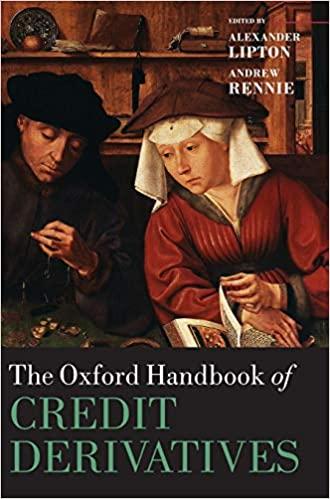Clfford Chik is a recent retiree who is interested in investing some of his savings in corporate bonds. His finanoul planner has suggested the folowng bonds: - Bond A has a 9\% annual coupon, matures in 12 years, and has a 51,000 face value. - Bond 8 has a 7% answal coupon, matures in 12 yeats, and has a $1,000 face value. - Bond C has an 8% annual coupon, matures in 12 years, and bas a $1,000 face vabue. Each bend has a yeid to maturity of B\%s. The data has been colected in the Microsoft Excel the below. Download the spreadsheet and perform the requered analyss to answer the queations below. Do not reund ntermediate calculations. Use a minus sign to entec negative values, it any. th an answer is zero, enter "of b. Caiculet the pron of each of the then bonds naund vour answers to the rearest ont. Thise (andA)s Pisen (thond in) 4 b. Caliculate the pnce of each of the three bonds- kound your answeis to the nearest cent. Price ( Bond A) =$ Price (Bond B): $ Price (Bond C):5 c. Colculate the current yed for each of the three bonds. (Hint: The expected current yield is calculated as the aninual interest divided by the price of the bond.) Round yout answers to two decinal places. Current yidd (Bond A): Current yield (Bond B): Current yeld (Bond C): d. If the vield to matunty for each bond remoins at 8%, what will be the peice of each bead 1 year from now? Round your answen to the nearest cent Price (Bond A) $ Fnce (thond b) : 5 ; Dice (toond C): $ What is the expected capital gsins yield for each bond? What is the expected total teturn for ench bosil? Round your atisweis to itwos decamal nisces. What is the expected capital gains yield for each bond? What is the expected total retum for each bond? Round your answers to two decmal places. e. Mc. Clark is conviderng another bond, Bond D, it has a 9% semiannual coupon and a $1,000 face value (ce, it pays a $45 coupon every 6 months). Bond D is scheduled to mature in 8 years and has a price of $1,170. it is abo callable in 6 years at a call price of $1,030. 1. What is the bond's nominal yed to matunty? Rouad yout answer to two decmal ploces. 2. What is the bonds nominal yejt to calr Round your answer to two decmal pleces. Because the yTM is expect the bond to be called. Consequentir, he would eam? This nok of a decine in bond vilues due to an increase in interest r ates is caled The rak of an income decine doe to a diop in interest rates is caled Which of the fotlowing bands has the most proce nske which tas the most reinvestment nith? - A L-ver basd with an ass limual coupon - As year bond with an us assuat coupon Which of the following bonds has the most price risk? Which has the most reinvestment risk? - A 1-year bond with an 8% annual coupon - A 5-year bond with an 8% annual coupon - A 5-year bond with a zero coupon - A 10-year band with an 8% annual coupon - A 10-year bond with a zero coupon A has themost pice risk. A. bas the most reinvestment risk. 9. Calculate the price of each bond (A, B, and C) at the end of each year until maturity, assiming interest rates remain constant Round your answers to the nee cent Create a graph showing the time path of each bond's value. Choose the correct araph. The cofrect graph is Bond A Bood Bood C 1. What is the expected current yield for each bond in each year? Round your answers to two decimal places. 2. What is the expected capital gains yield for each band in each year? Round your answers to two decimal places 3. What is the total return for each bond in each year? Roundyour answers to two decinal places. 3. What is the total retum for each bond in each year? Round your answers to two decimal places: 1. Calculating the price of teeh bond t year tram new, Est espected capcat gains yeld for asch boend, and the expected total relure for each bent Mr. Clat is centidering anether bosd, Dend 0 . Fean to mition (1) Cacculiting the bend a noeicie yield maturity Verimas (7) Calculutiog the bends nominal yieid to cal vith t. Determining which of the bonde hav the monet wit. Creating a graph showing the time path of each bond's value



















